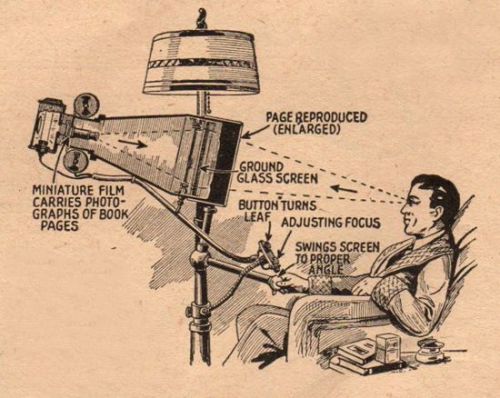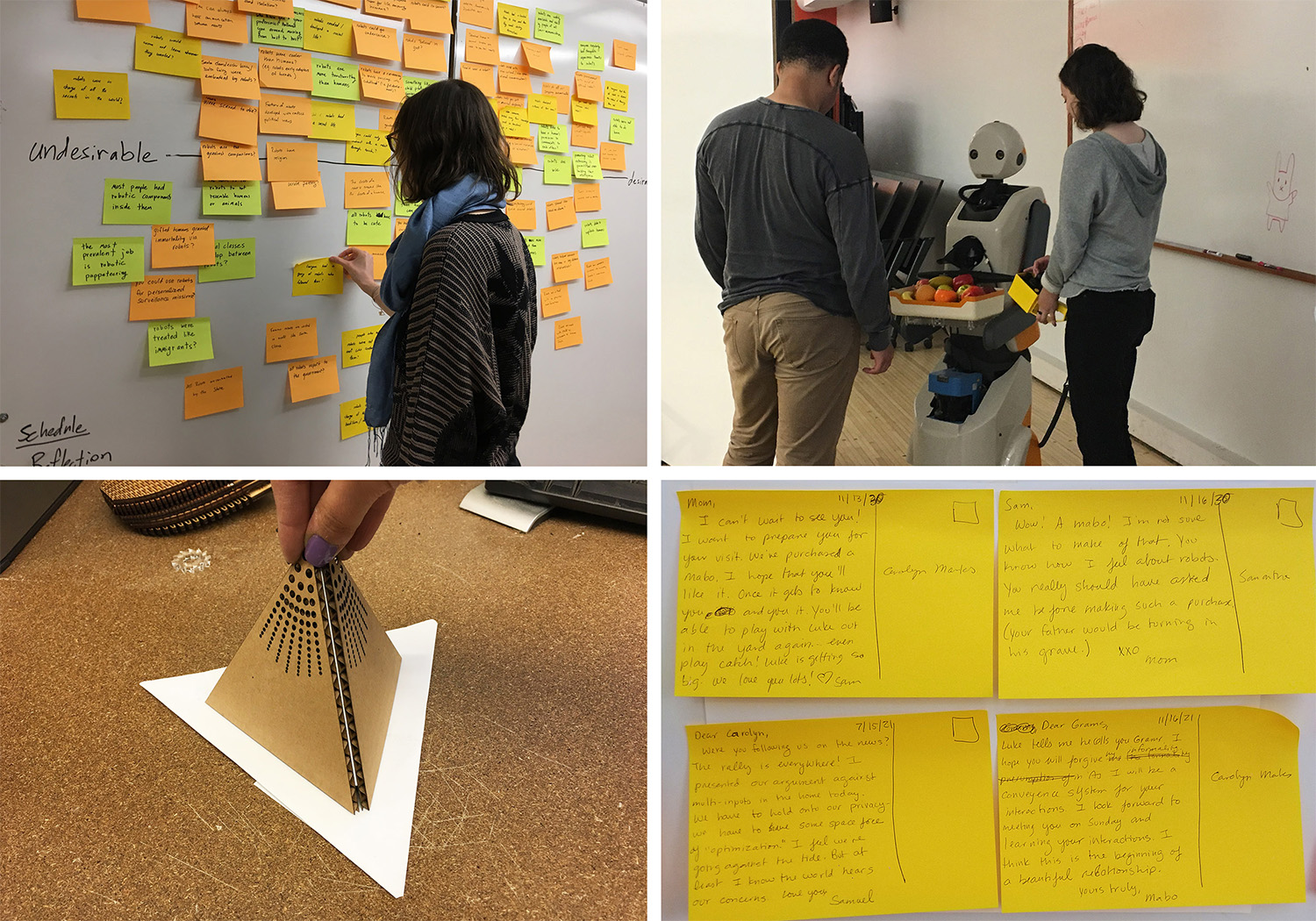Robot pets. Robot caretakers. Robot boyfriends. Robotic Futures* is an immersive experience for small-size audiences and small-size robots that uses performance as a way to explore past and present ideas of what robots may be in the future and how they may become embedded in our homes and in our lives. Through this performance we set out to learn about the design of social robots for the home.
*a world in which robots are doing all the work and straining their super-intelligence to serve us dinner and please us better and solve our problems to sell us products so they can pay their taxes will not be quite as strange as it sounds.
Goals
This work is a design-led inquiry into how robots might fit into our homes and into our personal and social lives in the future. Social robots have been a promise for many years, yet it is still unclear what their role will or should be.
Design research frequently looks at what is the right thing to design, as opposed to how to design things right. Our goal was to use immersive theater as a platform to explore robot designs within the full ecosystem of the world in which we image they would fit into.
Post-performance we reflected on the outcome and the behaviors of people and technology to better understand the questions, unresolved issues and challenges that designers are yet to solve on the path towards implementation of socially sophisticated robots and agents in the home.


Everyday Science and Mechanics, 1935.

Electron, 1967.

“Teledoctor”, Television, 1955.

Техника Молодежи, 1983.
Devising Process
We began with a collection of historical images that depicted future robots, taken from magazines between the 1920s and the 1970s. These allowed us to get a sense of how people have been thinking about robots over the years, on our way to better learn what roles they might fulfill in the future.
We analyzed and grouped these ads to identify some recurrent categories, such as healthcare, childcare, entertainment and emotional support. The historical depictions allowed us to start off from a set of topics we knew people find interesting, intriguing or disturbing.
We devised this immersive experience through a range of methods taken from both generative design and performance devising methods, including improvisation, compositions, bodystorming, design fiction and rapid prototyping. These methods allowed us to iteratively discovering the topics, ideas and questions that we wanted to focus on.

The Performance
We invited audiences to view two performances in Pittsburgh, PA. Participants were able to freely move on stage, and move from one scene to the other by being led using a sphere robot. Participants could also directly interact with the robots on stage, and were invited to do so at the end of the performance.


Findings
Findings from co-designing the performance indicate that there is value in determining whether an agent in shared or personally owned, as this design decision is like to influence an agent’s behavior, interaction, and how people perceive it.
The function of an agent is also critical in determining whether it should be designed as personally-owned or shared. For instance, agents that are intended for a specific goal, “Expert Agents”, such as an assistive agent for dementia as portrayed in the performance, should behave as personally-owned.
Read more about our findings in a recent publication here.